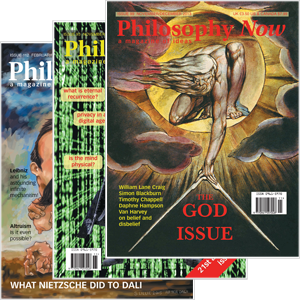
Your complimentary articles
You’ve read all of your complimentary articles for this month. To have complete access to the thousands of philosophy articles on this site, please
If you are a subscriber please sign in to your account.
To buy or renew a subscription please visit Subscriptions.
If you are a print subscriber you can contact us to create an online account.
Existentialism & Life
Kierkegaard: Young, Free & Anxious
Gary Cox considers the problematic side of freedom, from the edge of a cliff.
Many of the central themes and concepts of existentialism – freedom, choice, responsibility, bad faith, anxiety, despair, and absurdity – originated in the writings of Søren Kierkegaard (1813-55), in such ground-breaking works as Either-Or (1843), Fear and Trembling (1843), The Concept of Anxiety (1844) and The Sickness Unto Death (1849). Existentialism is undoubtedly as much rooted in Kierkegaard’s militant, idiosyncratic Christianity as it is in the ‘God is dead’ proto-existentialism of Arthur Schopenhauer and Friedrich Nietzsche. But his radical views on faith, religious commitment and the individual, and his rejection of a conformist, passive, rationalist, dispassionate, inauthentic approach towards the religious life and the infinite, make him a true existentialist. Here we’re going to briefly look at his concept of anxiety.
Kierkegaard (whose name means ‘churchyard’ in Danish), died in Copenhagen aged just 42, possibly due to a paralysing spinal ailment caused by a fall from a tree in his youth.
…









